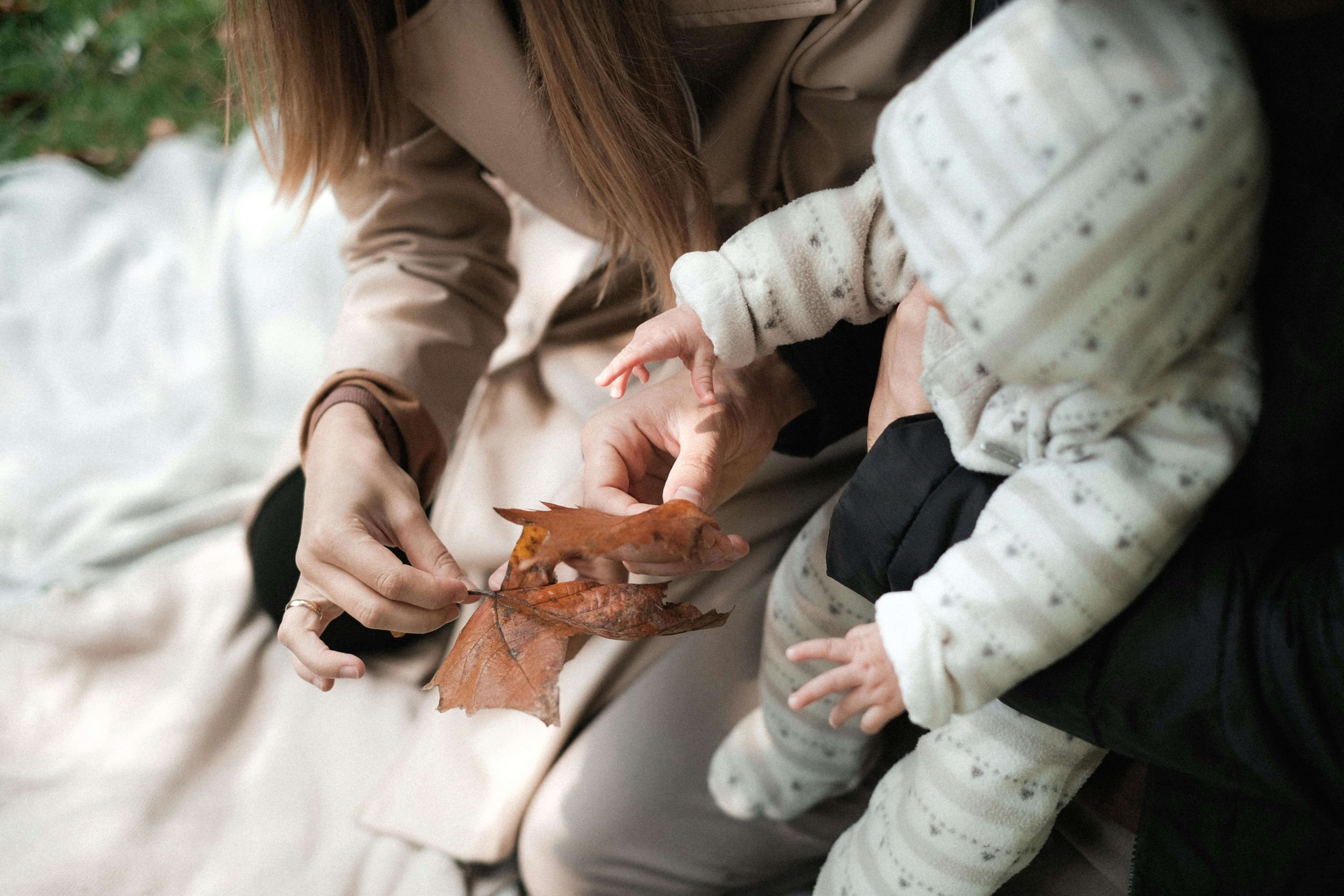Fisher Price Lawsuit Settles for $19M Over Sleeper Deaths
Company
Fisher Price
Why
Rock n’ Play Sleeper safety
Total Settlement Amount
$19M
Maximum Individual Claimant Award
$60
Opt out & Objection Deadline
February 10, 2025
Claim Deadline
May 29, 2025
The Fisher Price lawsuit has reached a staggering conclusion following more than 100 reported infant deaths linked to the company's Rock N' Play Sleepers. As a result of these tragic incidents, Fisher-Price, a subsidiary of Mattel Corporation, has agreed to pay a $19 million settlement to resolve the class action lawsuit that emerged from the product recall of 4.7 million Rock N' Play Sleepers in 2019.
In fact, the severity of this case extends beyond the initial Fisher Price recall. We've learned that the Fisher Price lawsuit settlement comes after multiple recalls and ongoing safety concerns, with at least 32 infant deaths reported before the first recall. The settlement not only addresses consumer complaints but also demands corporate governance reforms at Mattel Corporation, Fisher-Price's parent company, specifically targeting product safety and compliance oversight.
Fisher Price Rock N Play Lawsuit Details
The Fisher-Price Rock 'n Play Sleeper's design raised significant safety concerns due to its 30-degree incline angle, which conflicted with longstanding pediatric safety guidelines. Subsequently, internal documents revealed that Fisher-Price failed to conduct any scientific studies or consult pediatricians regarding the safety of infants sleeping at an angle.
Furthermore, the House Oversight Committee's investigation uncovered troubling details about the company's conduct. The Rock 'n Play remained on the market for a decade, generating over $200 million in revenue, while Fisher-Price ignored multiple warning signs:
Australian regulators warned about safety concerns in 2010
Canadian authorities banned marketing the product as a sleeper in 2011
American pediatricians raised serious safety concerns in 2013
According to the investigation findings, Fisher-Price resisted the Consumer Product Safety Commission's concerns for nearly a year. Moreover, the company only agreed to recall the product when Consumer Reports prepared to publish evidence about dozens of infant deaths.
The severity of the situation became increasingly apparent when approximately 70 additional fatalities were reported after the initial product recall. The total number of reported deaths reached approximately 100, with many incidents occurring when infants rolled from their backs to their stomachs or sides while unrestrained. This tragic outcome led to strengthened safety standards, requiring all infant sleep products to have angles no greater than 10 degrees to mitigate the unsafe suffocation risk.
Consumer Compensation Structure
Under the recently announced class action lawsuit settlement, Fisher-Price has established a comprehensive compensation structure for affected consumers. The settlement provides varying payment amounts based on specific criteria and documentation.
Consequently, eligible consumers who currently own a Rock 'n Play Sleeper can receive the following compensation:
Full purchase price refund with proof of purchase for items bought between October 12, 2018, and April 12, 2019
$60 without proof of purchase for products manufactured after October 12, 2018
$50 for products manufactured between April 12, 2017, and October 11, 2018
$40 for products manufactured before April 11, 2017
Additionally, previous owners who no longer possess the sleeper can receive between $25 and $35 with proof of purchase. Meanwhile, those who participated in the earlier recall and received a voucher or Fisher-Price toy are eligible for a $10 payment.
The settlement includes several crucial deadlines for affected consumers. The opt-out or objection deadline is set for February 10, 2025. Nevertheless, consumers have until May 29, 2025, to submit their claim forms. Under those circumstances, all claims must include appropriate documentation, including proof of purchase where available and evidence of product disablement for current owners.
To facilitate the claims process, Fisher-Price has implemented a straightforward filing system where consumers can submit their documentation online or via mail. The settlement administrator will review each claim form to determine the appropriate compensation level based on the provided evidence and purchase timing.
Legal Implications and Corporate Response
In response to mounting safety concerns, Fisher-Price's handling of the Rock 'n Play crisis has drawn intense scrutiny from federal regulators. Particularly noteworthy, the House Oversight Committee's investigation revealed that Fisher-Price operated with inadequate oversight and poor safety practices.
Indeed, Fisher-Price's initial stance maintained that reported incidents resulted from improper product use. Notably, the Consumer Product Safety Commission (CPSC) Commissioner Richard Trumka criticized the recall process as "inadequate" and "overly complicated".
Primarily focusing on corporate accountability, the settlement now requires Fisher-Price to implement stricter safety protocols. The company has notably worked to remove approximately 54,000 online product listings, with 98% now inactive.
Ultimately, this case has prompted significant regulatory changes. The Safe Sleep for Babies Act, signed into law by President Biden, now prohibits the manufacture and sale of inclined sleepers for infants. This legislation represents a fundamental shift in how infant sleep products will be regulated moving forward.
Conclusion
This $19 million settlement marks a watershed moment for child product safety standards. Above all, the tragic loss of approximately 100 infant lives has sparked crucial changes across the baby product industry. The case certainly exposed serious flaws in corporate oversight and safety protocols, leading to stricter regulations through the Safe Sleep for Babies Act.
The extensive compensation structure provides affected families multiple paths toward restitution, though no amount can truly address their losses. As a result of this case, manufacturers must now meet rigorous safety standards, including the 10-degree maximum incline requirement for infant sleep products.
For more information about the settlement benefits and to access the claim form, eligible consumers can visit the official settlement website. The final approval hearing for the class action settlement is scheduled to take place in the coming weeks, where the court will review the terms of the agreement and address any objections raised by class members.

